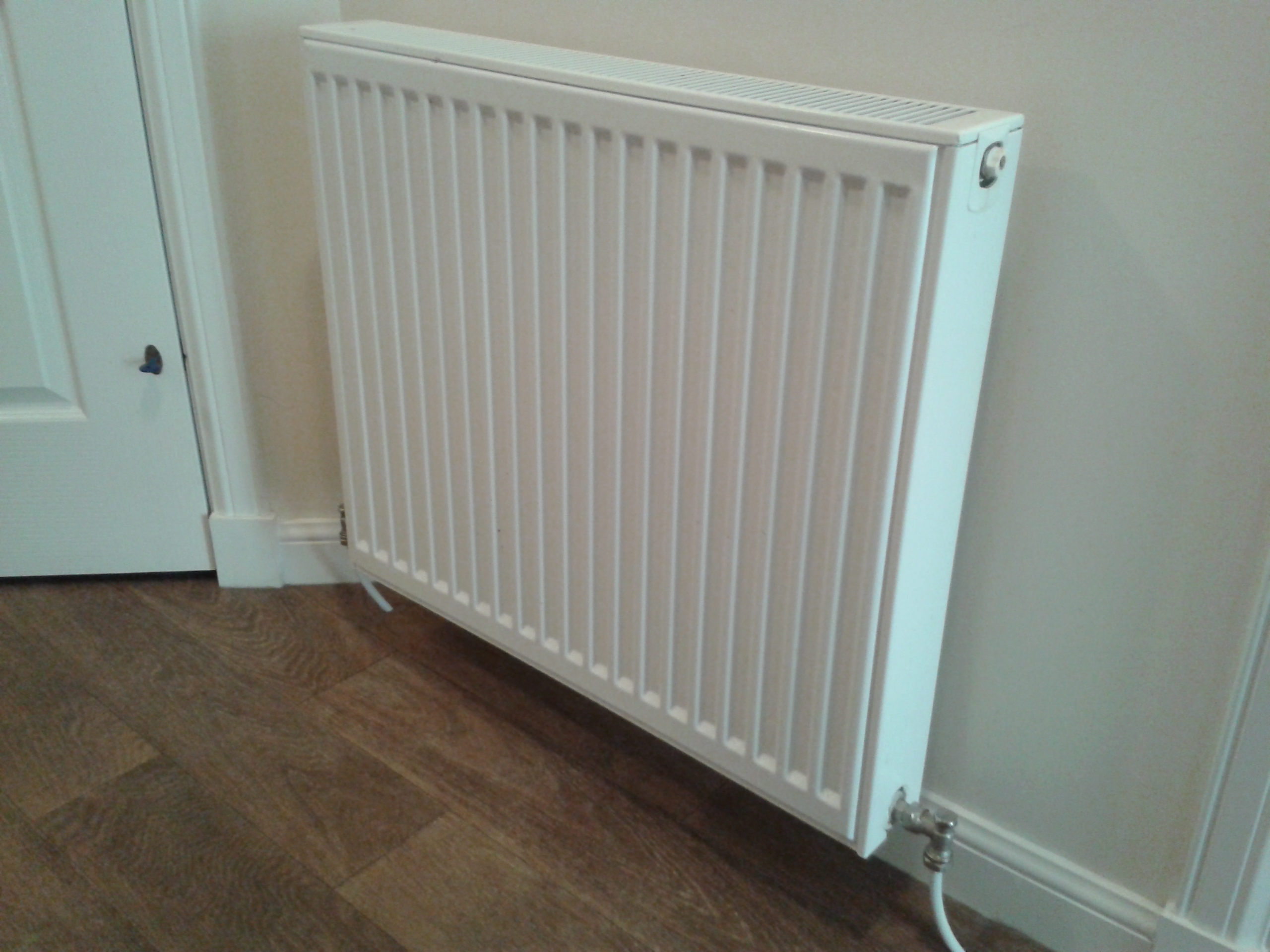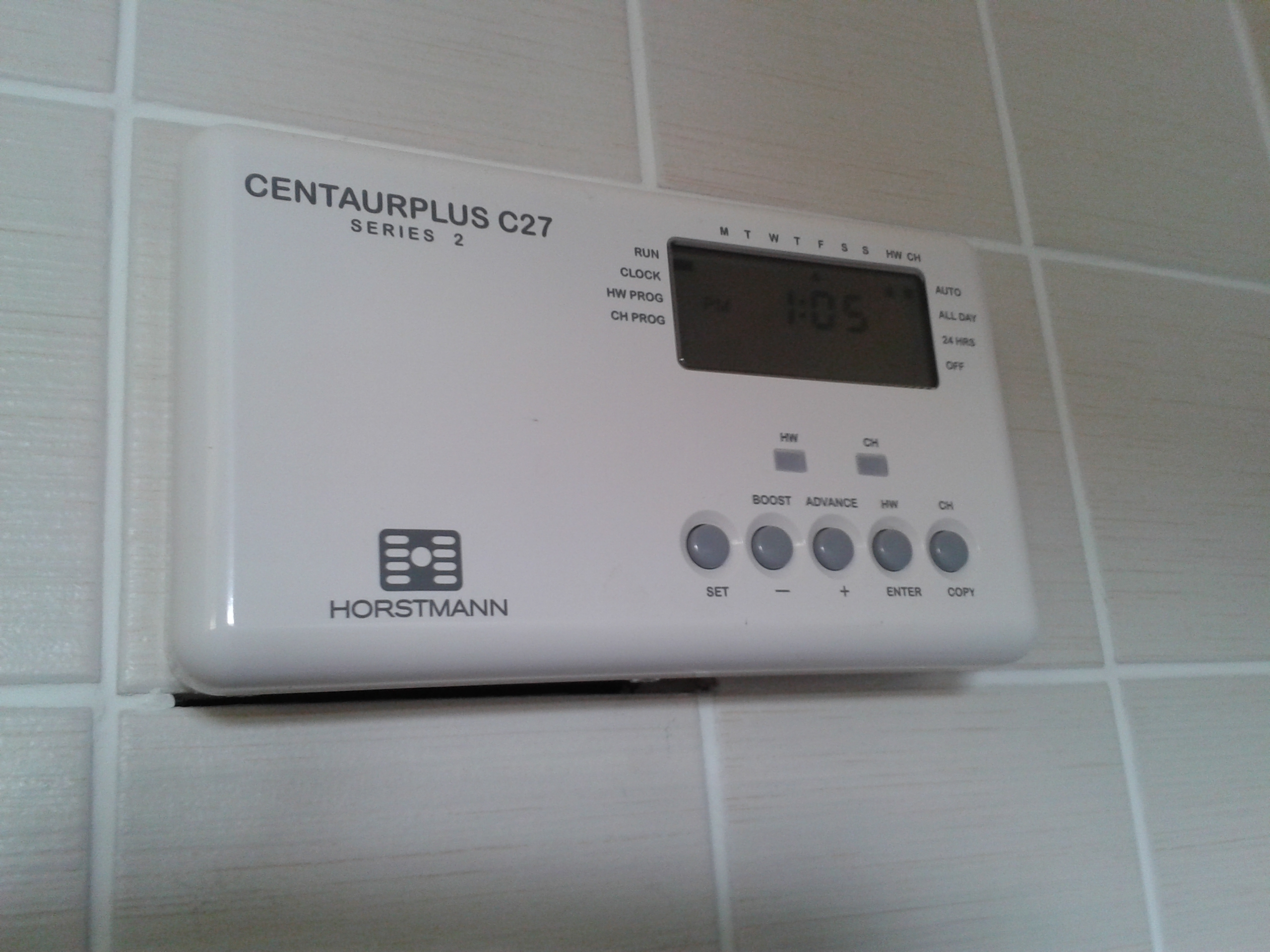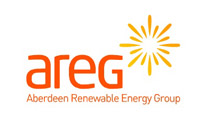Maintaining Your Heating System
Our heat supply is transferred to your heating system via our Hydraulic Interface Unit (HIU) which is located in your property. It is important that our HIU remains visible and accessible.
We will maintain our HIU and carry out periodic inspections. Water leaks and any other issues with our heat supply to your property must be promptly reported to HoBESCo, or its service providers, who will arrange repair.
We advise that you maintain your heating system for an efficient heat supply.
Some of the periodic tasks you should carry out include –
- Bleed/vent radiators – this removes pockets of trapped air which create cold spots
- Check your pipework – check for leaks, particularly around radiators. Listen out for irregular noises – a clanking sound could indicate a build-up of lime scale which causes water to get too hot
- Treat water with chemical inhibitor – to prevent build-up of sludge resulting from corrosion when water reacts with steel, which can damage equipment and block the flow of water.
This is not a comprehensive list of maintenance tasks. We advise you to discuss required maintenance tasks, and arrange these, with a plumbing and heating company.
 |
 |
Frequently Asked Questions
My heating and hot water is not working, who is responsible and who do I contact?
HoBESCo is responsible for bringing hot water from the Energy Centre to your Heat Interface Unit (HIU) via our District Heating pipes (primary side). This is a sealed system that transfers heat from our network to your heating system via a heat exchanger within the HIU and therefore not the actual hot water that circulates throughout your home.
The heating and hot water within your home (secondary side) is no different to any other heating system that is fed by a conventional gas boiler and therefore it is the homeowner’s responsibility to maintain and repair the heating and hot water within their home after it leaves the HIU to the property.
Summary of primary side (HoBESCo)
Energy Centre biomass boilers
Underground pipework from the Energy Centre to our HIU within your property
Heat Interface Unit (HIU)
Summary of secondary side (Homeowner / Bancon Homes – initial 2 years)
Heating and hot water time clocks
Room thermostats, radiator and motorised valves.
Storage tanks and associated components (if applicable)
Water pumps (out-with the HIU)
How can I tell if the problem is with the primary or secondary side?
Check the website as we may have announced an emergency or planned outage at the Energy Centre or District Heat Network.
If you have neither hot water or heating, and you are aware that your neighbours or other properties served by HoBESCo are in the same situation, then this is most likely a problem at the Energy Centre, or the District Heat Network, please call HoBESCo for assistance on 01330 826555.
If you are obtaining hot water in the usual manner, but no heating then it is most likely the secondary side.
If you are obtaining heat in the usual manner, but no hot water, then it is most likely the secondary side.
If in doubt and your Bancon Home is less than 2 years old, then call either Bancon Homes on 01330 824900, HoBESCo on 01330 826555, or 1Call out with normal working hours on 01224 638888.
Why does my interface unit sometimes use heat overnight, when the heating time clock is not on?
Your house is connected to the biomass network via buried pipes. If you do not use heat for a period of time, the pipes will cool, eventually to ground temperature. When you do need, it would take an inconveniently long time to heat up. Our unit allows periodic pulses of heat to pass through it to avoid it cooling down too much, and ensure you get heat in an efficient manner.
Is it possible to install a Hive or equivalent smart thermostat for the heating system in my home?
Essentially, smart thermostats provide more “intelligence” as to when a boiler should be on, i.e. based on an on-line schedule, optimisation times, PIR sensors etc. The smart thermostat provides a straight forward signal to the HIU, which is the same as it would to a boiler and therefore can be installed as it normally would.

